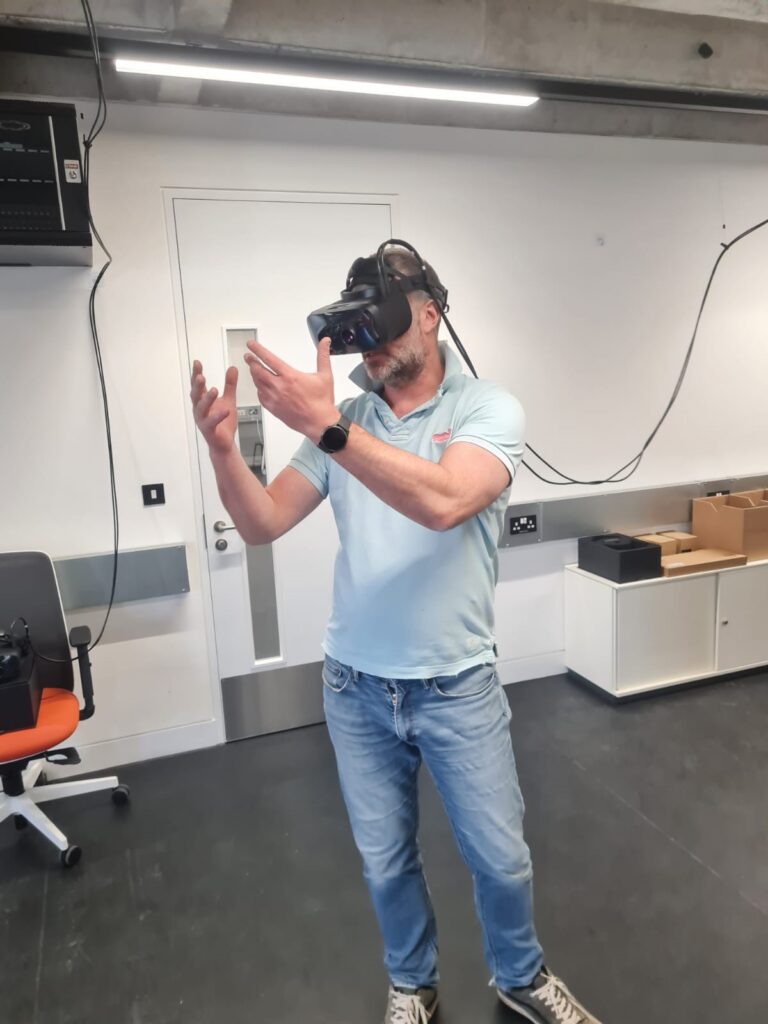How is virtual reality used in the workplace?
Virtual reality (VR) is becoming increasingly popular in the workplace due to its potential to revolutionise the way that businesses operate. VR can be used to create immersive training experiences, allowing businesses to quickly and effectively train employees in a simulated environment. It can also be used to create virtual meetings and conferences, allowing remote teams to collaborate in a more interactive and engaging manner. Furthermore, VR can be used to create virtual models of objects or processes, allowing businesses to analyse them in a more efficient and effective manner. Ultimately, VR can help businesses to become more efficient, effective, and successful.
Why Choose MPR Technical Services
As a business owner, you are constantly looking for innovative ways to improve your operations and increase your bottom line. One solution that has been gaining momentum in recent years is virtual reality (VR). At MPR Technical Services, we specialise in helping businesses like yours integrate VR technology into their day-to-day activities.
Our team of experts has a deep understanding of the potential that VR can bring to the workplace. We work closely with you to identify the best ways to implement VR into your existing operations. Whether you are looking to improve employee training, enhance customer experiences, or streamline workflow processes, we have the knowledge and experience to create a tailored solution that meets your specific needs.
We pride ourselves on delivering a premium service that delivers measurable results. Our team has worked with businesses of all sizes, providing solutions that help to create a more efficient, effective, and successful business. With our guidance, you can harness the power of VR technology, stay ahead of the competition, and achieve your business goals.
Don’t miss out on the opportunity to upgrade your business with VR. Contact us today to learn more about our services and start creating a customized solution that suits your needs.
How has virtual reality changed the way work is done in the workplace?
Virtual Reality (VR) has revolutionised the way work is done in the workplace, allowing businesses to complete tasks more efficiently and effectively. By immersing users in an environment created by a computer, VR allows teams to collaborate in a virtual world, allowing members to communicate and interact with each other. VR also allows businesses to create innovative prototypes and analyse data in complex 3D models to improve decision making. VR can be used for training programs, providing a safe space and an immersive learning experience for employees to learn new skills and develop existing ones. Overall, Virtual Reality has the potential to significantly increase productivity, efficiency, and quality in the workplace.
Business Verticals that use VR
From marketing to automation, more and more businesses are turning to VR to enhance their operations and gain a competitive advantage.
Automotive and engineering industries are leveraging VR to create virtual models of their products, allowing for faster design and prototyping.
Healthcare institutions are using VR to create immersive training experiences for medical staff, improving performance and accuracy.
Retail and Hospitality sectors, allow customers to easily find products or learn about services in an interactive way.
Education centres are taking advantage of VR to create virtual classrooms and interactive learning experiences, allowing for more engaging and effective teaching.
Ultimately, VR is being used across many business verticals, giving businesses the opportunity to innovate and remain competitive.
What types of technology are used in virtual reality applications in the workplace?
Virtual reality applications used in the workplace can incorporate a variety of different technologies, including 3D graphics, motion tracking, haptic feedback, and sound and audio processing. 3D graphics are used to create and render realistic environments, while motion tracking tracks the user’s movements to provide an immersive experience. Haptic feedback adds tactile sensations to the experience, and audio and sound processing adds realistic sound to the environment.
Practical Experience
Our team has experience working with our partners to develop tailored virtual reality solutions. We understand the needs and challenges of the modern workplace and how VR can be used to meet them. From helping businesses design 3D models, to creating immersive learning experiences, our team can provide practical advice and guidance on how to use VR in the workplace. We understand the importance of delivering results and strive to create a more efficient, effective, and profitable business through the implementation of VR.
